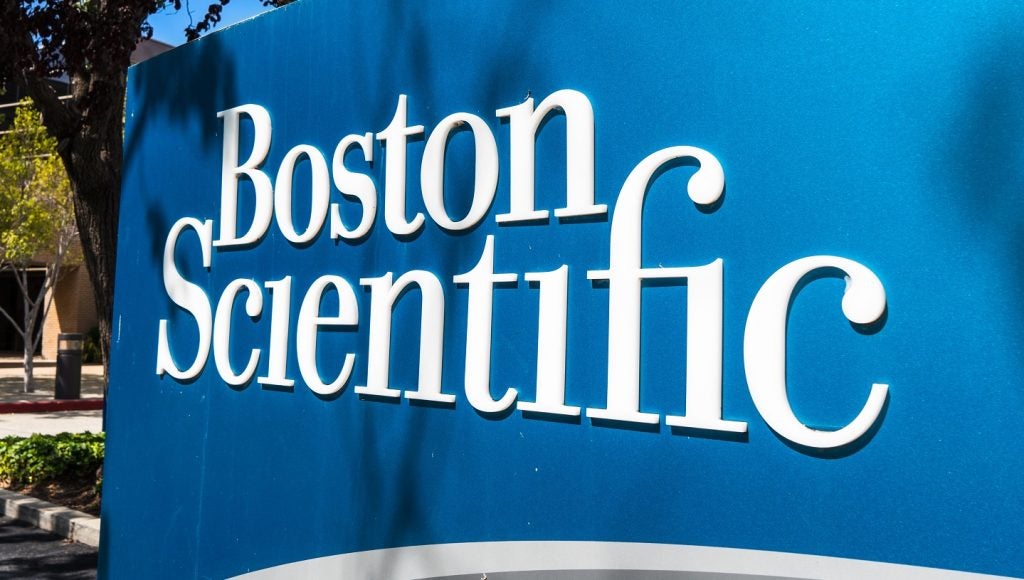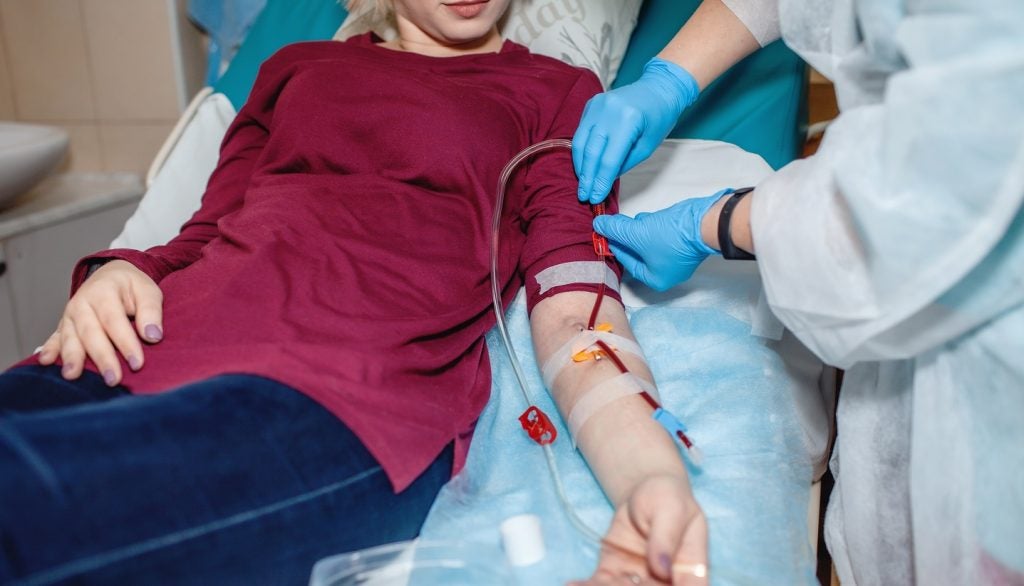
As of 1 January 2019, regulator Health Canada has mandated that all manufacturers wanting to sell medical devices in the country must adhere to the Medical Device Single Audit Programme (MDSAP).
The MDSAP was formulated by the International Medical Device Regulators Forum (IMDRF) following a meeting in Singapore in 2012 of regulatory representatives from the major medical markets and the World Health Organization (WHO).
The regulators were responding to the ever-changing demands of a developing sector and building upon the work of IMDRF’s predecessor the Global Harmonization Task Force (GHTF), a voluntary group of representatives formed in 1992.
The core mission of the MDSAP is, according to the US Food and Drug Administration (FDA), creating a “global approach to auditing and monitoring the manufacturing of medical devices could improve their safety and oversight on an international scale.”
Adopting the MDSAP: advantages for manufacturers
Following a two-year pilot programme from January 2014 to December 2016, the MDSAP was adopted in five jurisdictions by the FDA, Health Canada, Brazil’s Agência Nacional de Vigilância Sanitária (ANVISA), Australia’s Therapeutic Goods Administration (TGA) and Japan’s Pharmaceuticals and Medical Devices Agency (PMDA) in January 2017.
How well do you really know your competitors?
Access the most comprehensive Company Profiles on the market, powered by GlobalData. Save hours of research. Gain competitive edge.

Thank you!
Your download email will arrive shortly
Not ready to buy yet? Download a free sample
We are confident about the unique quality of our Company Profiles. However, we want you to make the most beneficial decision for your business, so we offer a free sample that you can download by submitting the below form
By GlobalDataThe MDSAP is only mandatory in Canada, but reports can be used as an alternative to other QMS or regulatory inspections in Japan, Brazil, the US and Australia.
The WHO’s Prequalification of In Vitro Diagnostics (IVDs) Programme and EU were in the pilot and continue to be observers to the programme.
Although manufacturers seemed reluctant to engage with the MDSAP during the pilot phase, as noted by Applied Medical senior vice-president of regulatory affairs and quality systems Marcelo Trevino in a guest article for Med Device Online, there are many advantages of the system for medical device companies.
GlobalData Director of Therapy Research & Analysis for medical devices Andrew Thompson notes: “The MDSAP …enables a single audit to be valid for a variety of regulatory jurisdictions.”
Life sciences consulting firm Maetrics managing director in Europe Peter Rose agreed, writing in a Med Device Online guest article: “Compliance with MDSAP could therefore significantly help to reduce the burden of managing different regulatory requirements, as manufacturers already will have identified issues and worked towards solving them.” It allows time and resources spent on auditing activities to be optimised.”
Rose noted that the fact it is accepted in five major markets will “create new opportunities, which is particularly attractive for manufacturers looking to expand” into new markets.
Particularly as “participating MDSAP may be seen as evidence of a medical device manufacturer’s commitment to product quality and regulatory compliance.”
MDSAP’s global scope hindered by EU’s observer status
However, optimism about global opportunities provided by the project need to be tempered. The EU remains an observer, rather than participant, of the programme, meaning compliance with the MDSAP cannot be used to monitor medical device manufacturing in the region.
This is of major consequence because, according to life sciences advisory firm Emergo, the EU’s medical device market accounts for one third of the global market and remains a global hub for the industry.
Thompson explains that the EU has instead been working on its own legislation “by replacing the Medical Devices Directive with the Medical Device Regulation.” The new rules are based upon the International Organisation for Standardisation (ISO) 3485: 2016, which was developed at the same time as the MDSAP and came into full effect in March this year.
Although “the new regulation takes the EU in a direction more similar to the US”, it is not fully aligned.”
This decision has caused “pushback by the manufacturers, who feel EU legislators have moved too far in regulation.” It is possible, therefore, the EU would struggle to move any closer to a more regulated, FDA-type approach, which the MDSAP embodies, without further disagreement with manufacturers.
The EU’s situation is further complicated by “concerns it would be difficult to obtain agreement among all member states,” as noted by Treviso.






